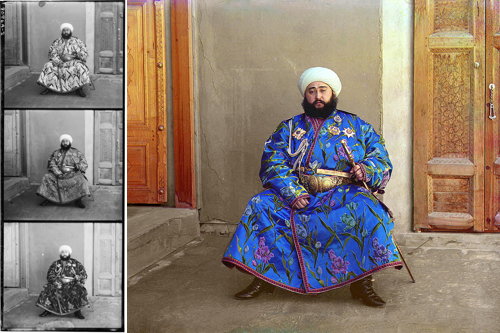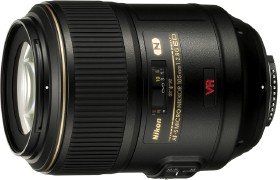Reflex or mirror lenses
Ken Rockwell reviews the Nikon Reflex-Nikkor 500mm f/8 lens, one of several mirror-based telephoto lenses Nikon once made. These are catadioptric lenses, which use a combination of mirrors and lenses. It’s an optical type familiar to astronomers: the popular Schmidt-Cassegrain and Maksutov telescopes are catadioptric systems. (It doesn’t look like Reflex-Nikkors are either Schmidts or Maksutovs, though.)
Catadioptrics achieve very long focal lengths in a compact space, and, because they use mirrors, there’s no chromatic aberration. But their focal ratio is fixed and, at those long focal lengths, depth of field is very shallow even at f/8 or f/11 — and because of the central obstruction, bokeh is horrible: out-of-focus elements appear as donuts. This isn’t a problem in astronomy, where focus is always at infinity — I’ve taken plenty of shots through my Schmidt-Cassegrain — but it’s distracting in terrestrial telephoto photography. (Three examples on Flickr here, here and here.)
This page compares a Tamron mirror lens with a Canon telephoto: the Canon is the clear winner in quality, but the mirror lens is considerably cheaper (another advantage). Only one reflex lens — Sony’s 500mm f/8, still available — has ever had autofocus; the rest are manual lenses.
There’s a mirror reflex lens group on Flickr, and an (inactive) blog about mirror lenses.

 Last week I bought another new lens —
Last week I bought another new lens —